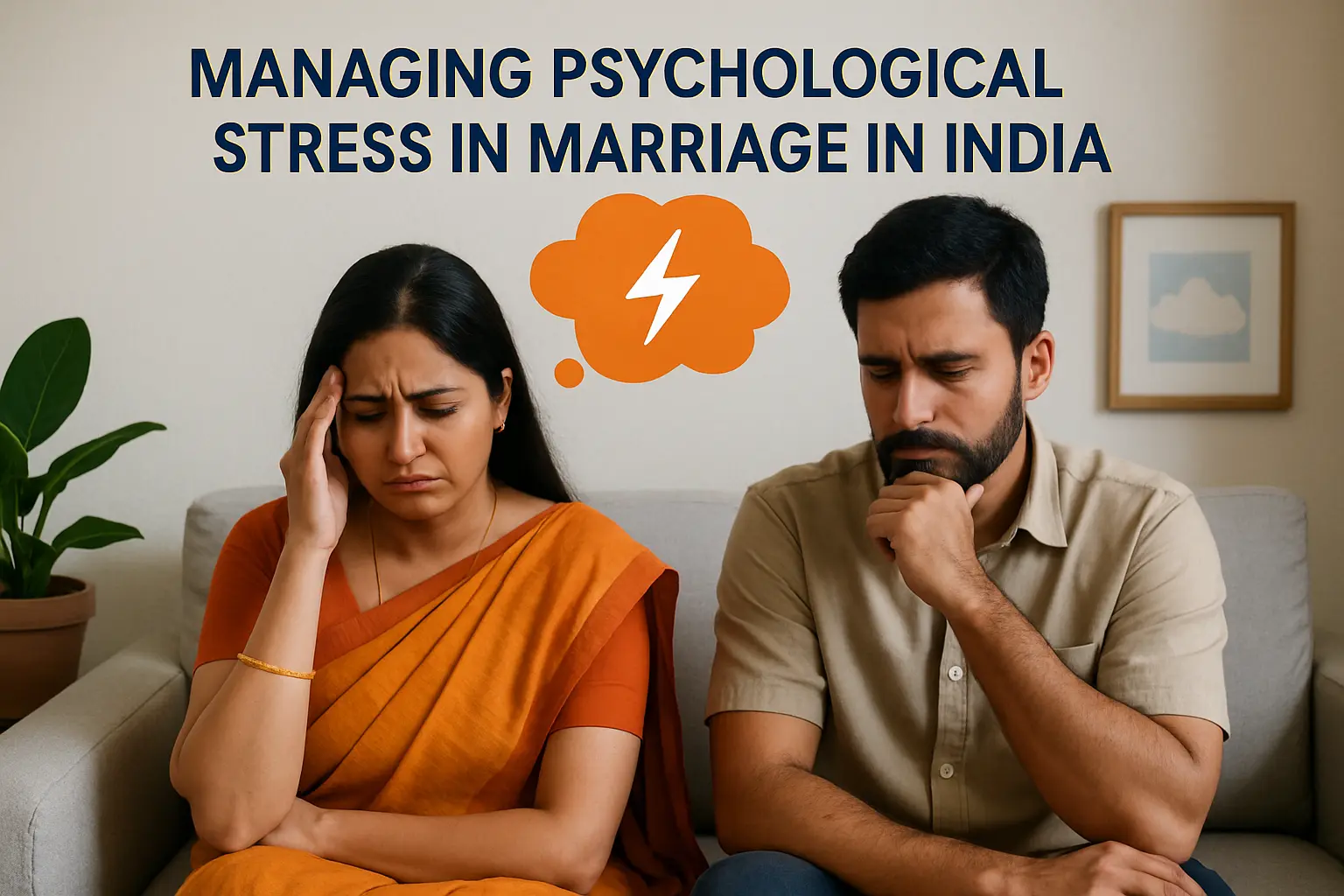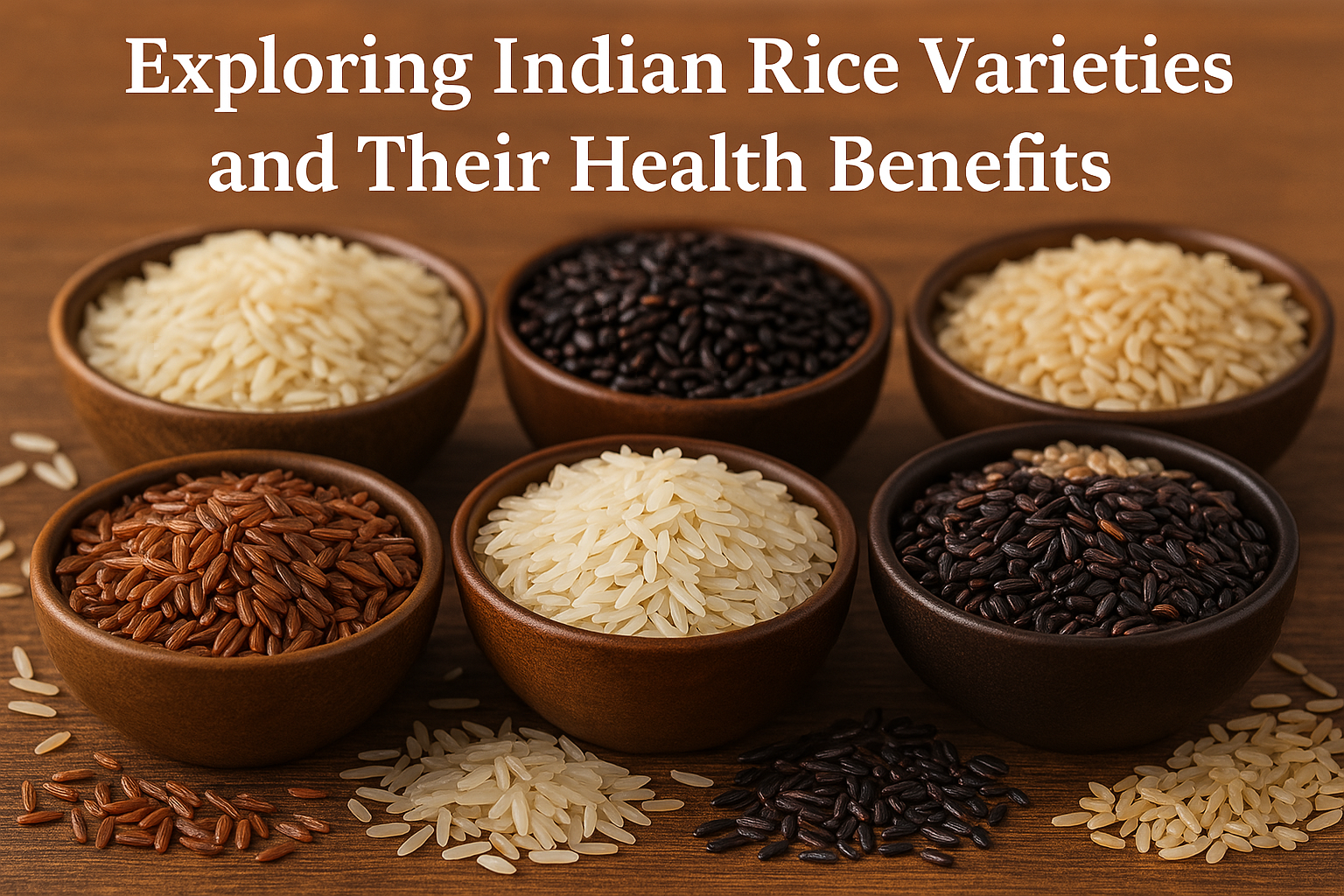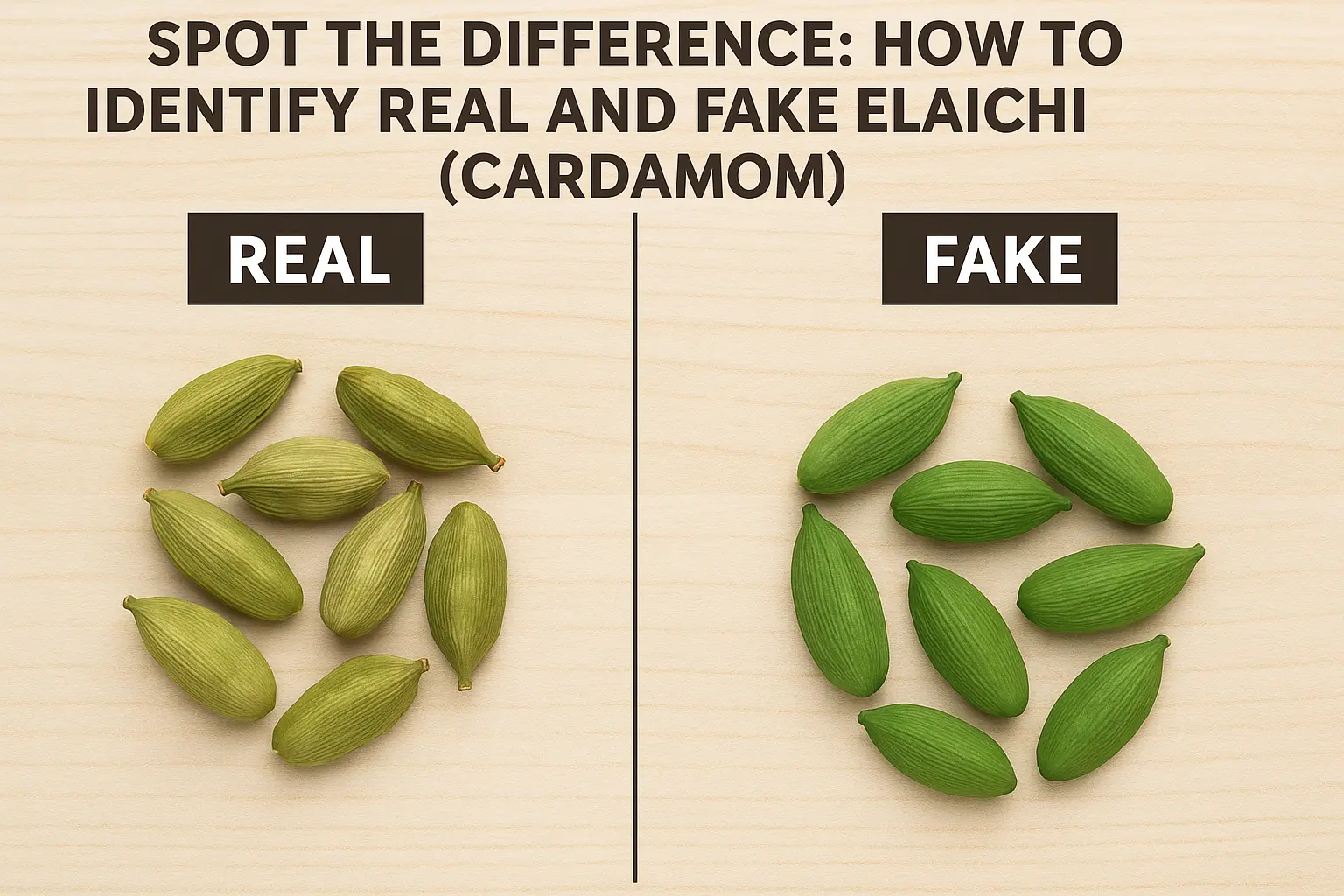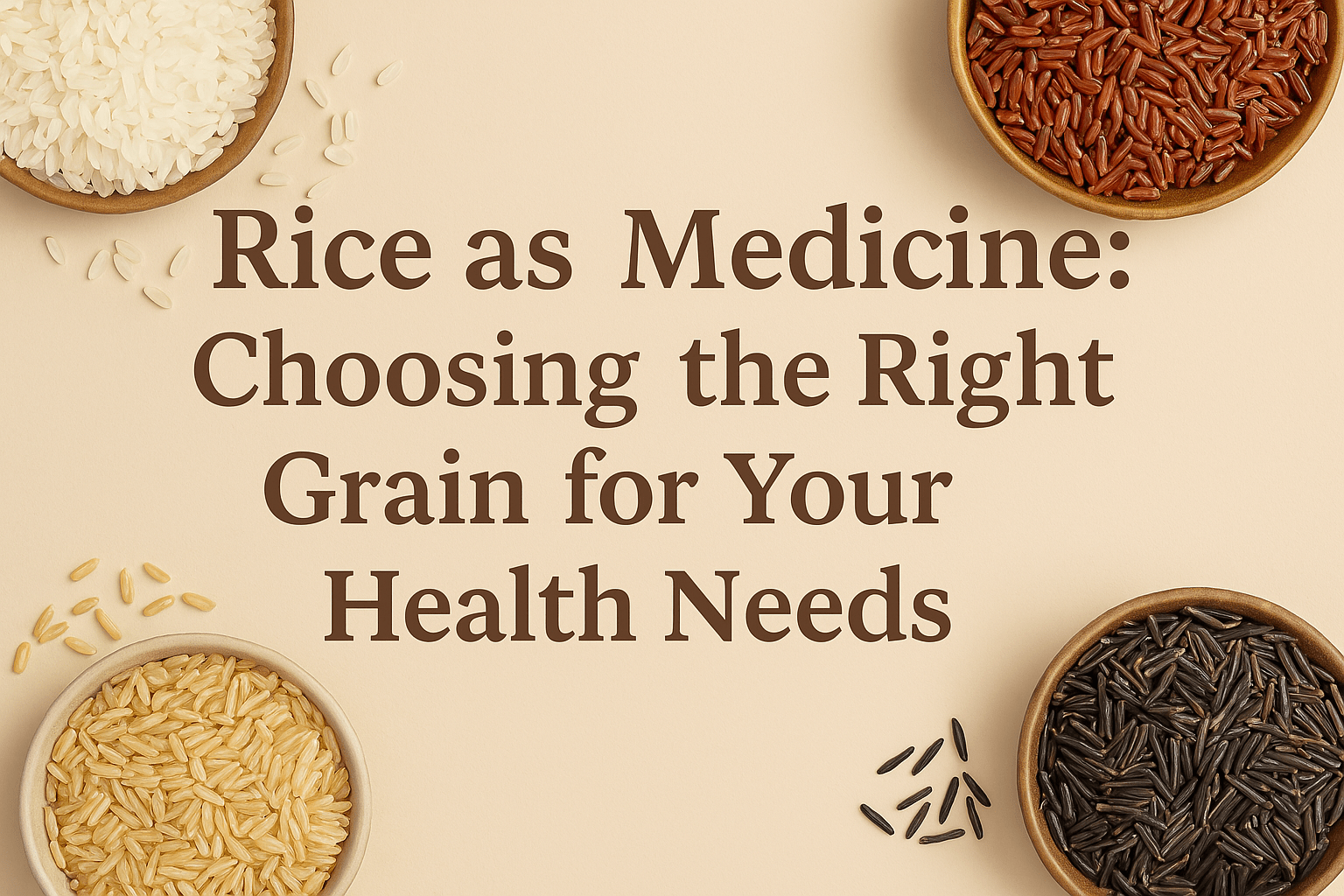Imagine a paradigm where healthcare goes beyond hospital walls, and your loved ones receive compassionate care in the comfort of your home. Dr. K. Subba Reddy, Head of Critical Care at Apollo Hospitals, Hyderabad, envisions this transformative approach. In a recent interview, Dr. Reddy sheds light on the possibilities and advantages of providing critical care directly to patients at home. “Realistically, you can’t manage everything at home, but patients receive good, compassionate, and empathetic care; we all know family members are the best nurses,” he emphasizes. Yashvardhan Mayur Verma, in discussion with Dr. K. Subba Reddy, delves into tailored care for specific conditions, technology integration, and geriatric patient management challenges.
Home Health Services

Home Healthcare: A Comprehensive Approach
Dr. Reddy emphasizes the numerous advantages of bringing healthcare to patients’ comfortable homes. “The patients get good health care at home, compassionate, empathetic care at home, and the nurse can go home, and then the physiotherapist can go home. The doctor will visit, and then they will coordinate with the hospital doctor, whoever is treating that patient.” Dr. Reddy highlights the holistic approach that home healthcare can offer.
While acknowledging the limitations of managing everything at home, Dr. Reddy introduces the concept of a “green channel” for patients who may need to transition from home care to hospital care. This specialized pathway ensures seamless communication between healthcare providers, reducing the burden on hospitals and allowing them to focus on critically ill patients. So, the system works efficiently for everyone.

Empowering Families as Caregivers
One of the critical insights from Dr Reddy is the belief that family members are the best caregivers. “As stated before, we believe the family members are the best nurses. So if they are involved and taking care of themselves, the outcomes are definitely better,” he states. This involvement becomes crucial in cases like advanced cancers and geriatric patients, where the emphasis is on providing quality of life and comfort during their limited lifespan. Every second shared by the patient and the family becomes paramount in these critical moments.

The advent of telemedicine and tele-ICU setups further enhances home care. Dr. Reddy highlights the continuous monitoring of patients through these setups, enabling early detection of warning signals and timely interventions. This not only ensures the safety of patients but also contributes to the overall efficiency of healthcare delivery.
Tailoring Care for Specific Conditions
Dr. Reddy provides valuable insights into the specific considerations required for patients with Parkinson’s and heart-related issues. For Parkinson’s patients, he emphasizes the importance of careful feeding to prevent aspiration and falls due to poor reflexes and osteoporosis. In cardiac patients, monitoring for palpitations and irregular heartbeats, and maintaining proper nutrition are crucial aspects of home care.

“Mobility is the medicine,” Dr. Reddy emphasizes when discussing the care of cardiac patients. The importance of physiotherapy, good sugar control, proper nutrition, and nursing care are essential components for maintaining mobility and preventing complications like bed sores and infections.
Challenges in Geriatric Care
Addressing the unique challenges of geriatric patients, Dr. Reddy underscores the importance of adjusting medication doses, considering slow metabolism and incomplete organ function. He also highlights the need for careful attention to electrolyte imbalances and hydration, given the vulnerabilities of the elderly population.

Integrating home-based solutions with hospital care is a promising approach for delivering comprehensive and comfort-centric healthcare services as the healthcare landscape evolves.

































